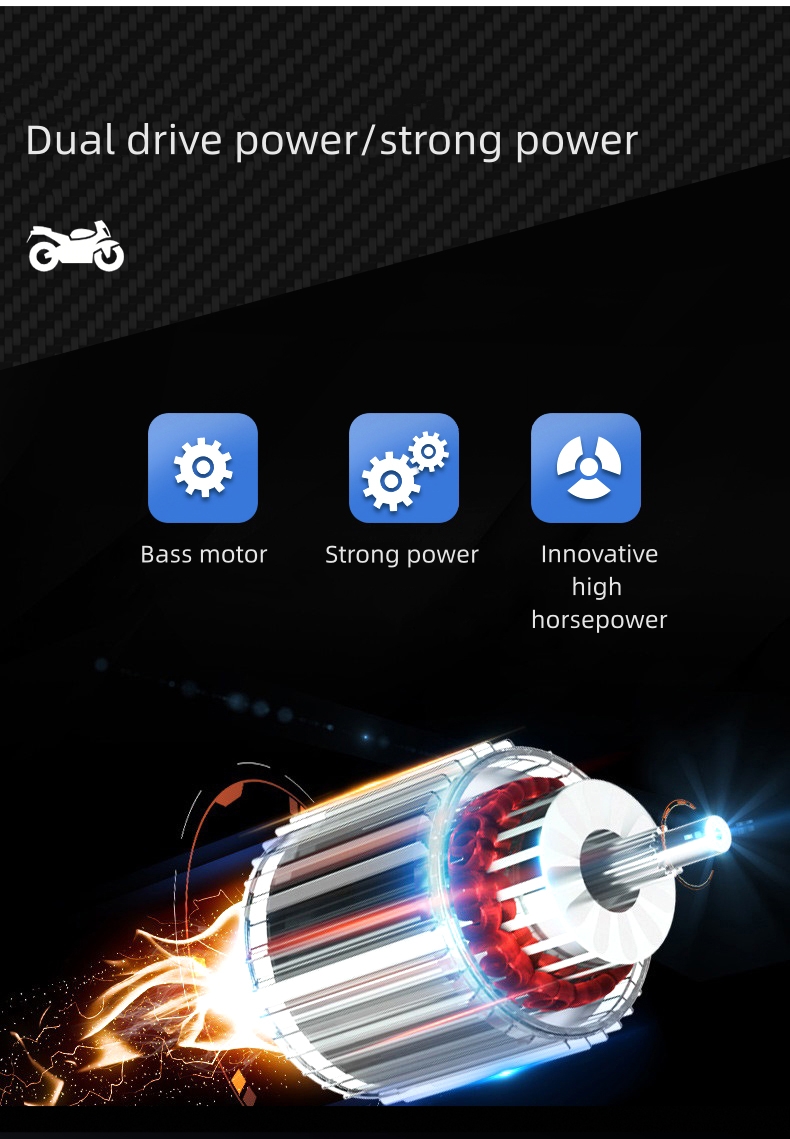self balancing scooter repair
Self-Balancing Scooter Repair Guide
Self-balancing scooters, commonly known as hoverboards, have gained immense popularity for their fun riding experience and convenience. However, like any electronic device, they can encounter issues that may require repairs. This guide outlines common problems with self-balancing scooters and tips on how to address them.
Understanding the Basics
Before attempting any repairs, it's essential to familiarize yourself with the components of your scooter. A typical self-balancing scooter consists of two main parts the body, which contains the battery and electronic circuits, and the wheels, which house the motors. Understanding how these components interact will greatly aid in troubleshooting.
Common Issues and Solutions
1. Battery Problems One of the most common issues is a malfunctioning battery. If your scooter won’t turn on or has a reduced range, the battery may be depleted or defective. Battery replacements can be performed by accessing the compartment typically secured with screws. Before changing the battery, ensure it is charged properly, and check the connections for any loose wires.
2. Motor Functionality If one wheel spins faster than the other or the scooter does not respond to tilt control, there might be an issue with the motors. Inspect the motor wires for fraying or disconnections. If the wires seem intact, the motors may need recalibration, which can usually be done through the scooter’s app or by using specific calibration modes while powering on.
self balancing scooter repair

3. Tire Troubles Flat tires or uneven wear can heavily affect the ride quality of your hoverboard. Inspect the tires for punctures or damages. If you find a flat tire, you can either replace it or repair it using a tire patch kit. Always ensure that the tires are properly inflated to the manufacturer’s specifications.
4. Circuit Board Issues If your scooter behaves erratically or frequently shuts down, the circuit board may be malfunctioning. Look for visible signs of damage, such as burnt components or corrosion. Replacing a circuit board can be complex and may require professional assistance unless you have experience with electronics.
Safety First
While attempting repairs, always prioritize safety. Disconnect the battery before working on electrical components, and wear protective gear when handling tools. If you’re uncertain about a particular repair, consulting with a professional technician or referring to the manufacturer’s manual can save time and prevent further damage.
Conclusion
With a little knowledge and the right tools, many common issues with self-balancing scooters can be resolved at home. Regular maintenance, such as checking battery health and tire pressure, can also prolong the life of your hoverboard and ensure a safe riding experience. Remember, when in doubt, seeking professional help is always a wise choice. Happy riding!
-
Understanding Voltage in Battery for Children's Motorized CarNewsJun.05,2025
-
Safety Features to Look for in an Electric Car for KidsNewsJun.05,2025
-
How to Teach Your Child to Ride a Kids MotorcycleNewsJun.05,2025
-
How to Prevent Falls on a Balanced ScooterNewsJun.05,2025
-
How to Maintain Your 3 Wheeled Scooter for LongevityNewsJun.05,2025
-
Best Motorcycle Scooters for Urban CommutingNewsJun.05,2025
